- Home
- Stephen Baxter
Evolution Page 40
Evolution Read online
Page 40
Where there was water, where there was game, there were people. This was the environment that cradled Mother’s people. But it was a marginal place, the skim of life shallow. People had to work hard to survive.
And people were still scattered remarkably thin.
No humans had yet moved out of Africa. In Europe and across Asia, there were only the heavy-browed robusts and, in places, the older forms, the skinny walkers. America and Australia were still empty altogether.
Even in Africa people were thin on the ground. The more mobile, trade-based way of life that had been born with Harpoon and her kind had not been a uniform blessing. Ever since the move out of the forests, hominids had been vulnerable to trypanosomes — the parasites that caused sleeping sickness — carried by the clouds of tsetse flies that followed the savannah’s ungulate herds. Now such diseases were spreading. The people’s trading networks had proven very effective at exchanging goods, cultural innovations, and genes — but also at transmitting pathogens.
And, culturally, things weren’t happening.
Pebble would have recognized almost everything in Mother’s camp. People still split stone flakes off prepared cores, and still wrapped hide around their bodies, tied in place with bits of sinew or leather. Even their language was still a formless jabber of concrete words for things, feelings, actions, useless for transmitting complex information.
Across seventy thousand years these people — humans with as modern a body plan, even as modern a brain, as any twenty-first-century citizen — had scarcely made a single innovation in their technology or techniques. It had been a time of stupefying passivity, stunning stasis. After all this time, people were just another tool-using animal in the ecology, like beavers or bowerbirds, still little more than glorified chimps. And, bit by bit, they were losing their battle to survive.
Something was missing.
She could just walk off into the dust, alone.
Why live in a world without Silent?
But in the end she came out of the worst of her darkness.
Once again she started to gather food, eat, and drink. She had to: If she had not, she would have died. This was not a rich society. Though care was taken of the weak, the injured, and the elderly, there was little energy to spare for those who would not help themselves.
She had always been a skillful hunter and sharp-eyed forager. With the tools she invented, modified, or improvised, she was actually more effective than some of those younger and stronger than she was. She recovered rapidly. But the confusion in her head didn’t dissipate.
She wasn’t sure what first gave her the impulse to make the markings in the rock.
It wasn’t even conscious. She was sitting beside an outcropping of soft, buttery sandstone, with a basalt scraper in her hand; she had been preparing a goat hide. And there, incised neatly into the rock, was a pair of zigzag lines, running crisply parallel to each other.
At first the marks puzzled her. But then she saw a scattering of sand grains under the scraping. She understood, the causal connections linking up as they always did. Without thinking, she had used the scraper; the scraper had made the markings. So she had made the markings.
What sparked her interest was that they were like the lines in her head.
Dropping the bit of leather she had been working, she knelt before the rock. She felt peculiarly excited. She turned the blunted scraper over to expose a fresh edge and dug it into the rock, tracing a line. She managed a neat spiral, circling to nothing at its center. It wasn’t as clean and bright as the shapes in her head; it was clumsily scratched, the depth of line uneven, the curve angular and awkward.
So she tried again. She had always had a delicate skill when crafting tools from stone or wood or bone. This time the spiral was a little smoother, a little closer to the ideal inside her eyes. So she did it again. And again and again, until the unprepossessing lump of rock was covered in spirals, loops, whorls, and tracks.
It really was just like what she saw when she closed her eyes. It seemed miraculous to find that she was able to make the same shapes outside her head as she saw inside.
Later it occurred to her to try ocher.
People still used the red iron ore as a crayon to mark their skin with tribal scribbles, just as they had in Pebble’s day. Now Mother experimented with the soft stuff, and found it much easier to use on rock than a scraper. And it could be applied to other surfaces as well. Soon her arms and legs — and the bits of skin she wore or draped over her shelter, and her tools and scrapers of stone and bone and wood — were all covered with loops and whorls and zigzags.
It was the flower that sparked the next stage of her peculiar development.
It was a kind of sunflower: not spectacular, its seeds neither edible nor poisonous, of no great interest. But its petals surrounded a neat spiral of yellow, twisting down toward a black central heart. She fell on the flower with a cry of recognition.
After that she started to see her shapes everywhere: the spirals of shells and cones, the lattices of honeycombs, even the spectacular zigzags of lightning that arced from the sky during storms. It was as if the contents of her dark skull were mapping themselves on to the world outside.
It was a girl who was the first to emulate her.
Mother saw her walking past, a rabbit over her shoulder — and a crimson spiral on her cheek, coiled under her eye. Next it was Sapling, with wavy lines on his long arms.
After that she started to see the lines and loops appearing everywhere, like a rash spreading over the surfaces of the encampment and the people’s bodies. If she came up with some new design, a lattice or a nest of curves, it would quickly be copied and even elaborated on — especially by the young.
It was oddly satisfying. People were not avoiding her now. They were copying her. She became a kind of leader, in a way she never had been before.
But Sour was less pleased with Mother’s new status. She kept her distance from Mother. In fact the two women had scarcely acknowledged each other’s existence since the death of the boy.
Still, none of the designs, drawn by herself or others, came close to the glowing geometric perfection that came drifting silently through her head. It got to the point when she almost wished for the pain to return, so she could see them again.
At times, the changes in her consciousness scared her. What did this mean? She instinctively sought connections; that was her nature. But what connection could there be between a flash of light in her eyes and a towering storm in the sky? Did the storm cause the light in her head — or the other way around?
Life continued, the endless cycles of drawing breath, gathering food, the arcing of sun and Moon, the body’s slow aging. And as the months wore by Mother sank deeper into the strangeness of her sensorium. She was beginning to see connections everywhere. It was as if the world were crisscrossed by causes like the threads of a vast, invisible spider’s web. She felt as if she were dissolving, her sense of self dissipating.
But in all her inward wandering she clung to the memory of her son, a memory that was like an unending ache, like the stump of an amputated limb.
And gradually Silent’s death began to seem to her the focus of all those causal tracks.
A wordless consensus was reached that the encampment should be broken up. The people prepared to move on.
Mother came with them. Sapling and others showed relief. Some had thought she might insist on staying beside the hole in the ground that contained the bones of her son.
After a long trek they reached a new camp, close to a mud-rimmed lake. They set up their hides and made their pallets. But as the dryness continued, life remained hard, and the children and old ones suffered.
One day Sapling brought Mother the head of a young ostrich. Its neck had been severed a hand’s length below the jaw, and the head neatly punctured by a spear.
To bring down a fleet ostrich — to aim for the tiny head of a running bird, from fifty or seventy meters, and to bring it down — w
as a feat indeed. After months of practice Sapling and the other young hunters had learned to use the spear-thrower to hurl their weapons across unprecedented distances and with stunning accuracy. Mother’s invention was a powerful one. With growing confidence the hunters had begun to penetrate further into the savannah, and soon the prey animals of the plains would learn to fear them greatly. It was as if the hunters had suddenly been given guns.
Today Sapling seemed bursting with the memory of his kill. Before the woman who had first showed him how to use the spear-thrower, he mimed how he had hurled the spear, how it had flexed and leapt, how it had flown to its precise target. “Bird fast, fast,” he said, his feet paddling the ground. “Run fast.” He pointed to himself. “I, I. Hide. Rock. Bird fast, fast. Spear…” He leapt out from behind his invisible rock and mimed hurling his triumphant spear once more.
Mother had little time for people these days. She was becoming increasingly absorbed in her own new perceptions. But she tolerated Sapling, who was the nearest thing to a friend she had. Absently she listened to his babbling.
“Wind carry smell. Smell touch ostrich. Ostrich run. Now, here. Stand, stand, hide. Wind carry smell. Ostrich here, wind there, wind carry smell away…”
His language was something like a pidgin. The words were simple, just nouns, verbs, adjectives with no inflectional endings. There was still much use of repetition and mime for emphasis. And with little real structure, there was a linguistic free-for-all: It didn’t help communication that no two people, even brought up as siblings, ever talked quite alike.
But still, Sapling now occasionally used sentences. He had picked up the habit from Mother. Each sentence was a genuine subject-verb-object compound. The people’s protolanguage was quickly developing around this seed of structure. Already the chattering people had had to invent pronouns — you, me, him, her — and different ways of expressing actions and their outcomes: I did kill, I am killing, I did not kill… They were able to express comparatives and negatives, explore alternatives. They could consider going to the lake today, or not going to the lake, all in a universe of words, where before they would have had to pick one path or another, or split into factions.
It wasn’t yet a full language. It wasn’t even as rich as a creole. But it was a start, and it was growing fast.
And in a sense Mother had discovered, not invented, that basic sentence structure. Its central logic reflected hominids’ deep apprehension of the world — a world of objects with properties — which reflected in turn a still deeper neural architecture common to most mammals. If a lion could have spoken, or an elephant, it would have spoken this way too. This central underpinning would be shared by almost all the myriad human languages that would follow in the ages to come, a universal template reflecting the essential causality of the world and the human perception of it. But it had taken Mother’s dark genius to give that deep architecture expression, and to inspire the linguistic superstructure that rapidly followed.
And now it was time for another step.
Sapling said something that grabbed her attention. “Spear kill bird,” he said excitedly. “Spear kill bird, spear kill bird…”
She frowned. “No, no.”
He stopped in midflow. Wrapped up in his performance he seemed to have forgotten she was there. “Spear kill bird.” He mimed the spear’s flight. He even picked up the ostrich’s ragged head and arced his outstretched hand toward it just as his spear had flown, straight and true.
“No!” she barked. She got up and grabbed his hand. “You lift hand.” She slapped the spear-thrower into his grip. “Hand push stick. Stick push spear. Spear kill bird.”
He pulled back, baffled. “Spear kill bird.” Isn’t that what I said?
Irritated, she went through it again. “You lift hand. Spear kill bird. You kill bird.” There was a causal chain, but the intention resided only in one place; in Sapling’s head. She could see it clearly. He had killed the bird, not the spear. She slapped his head. This is where the bird died, dummy. Inside your mind. The rest is detail. They argued for a while, but Sapling grew increasingly confused, his simple boyish pleasure in his kill waning now that his boasting had degenerated into this peculiar philosophical discussion.
Then a bolt of pain stabbed through Mother’s temples, as sharply and suddenly as Sapling’s spear of hardened wood must have slammed through the head of that hapless ostrich. She stumbled to her knees, her fists pressed to her temples.
But now, suddenly, in that instant of pain, she could see a new truth.
She imagined the spear arcing through the air, like the bright lightning in her head, piercing the bird’s skull and extinguishing its life. She knew that Sapling had thrown the spear. He had willed the bird dead, and everything else that followed was irrelevant.
But what if she hadn’t seen Sapling throw the spear? What if he had been hidden by a rock, a tree? Would she have believed that the spear was the ultimate cause — that the spear itself had intended to kill the bird? No, of course not. Even if she couldn’t see the whole causal chain, it must exist. If she saw the spear fly, she would know somebody must have thrown it.
Her peculiar vision of the world, the spiderweb of causes stretching across the world and from past to future, deepened further. If an ostrich fell, a hunter had willed it. And if a person died, another was to blame. As simple as that. She saw all this immediately, understood it on a deep intuitive level below words, as new connections opened in her complex, fast-developing consciousness.
The logic was clear, compelling. Appalling. Comforting.
And she knew how she had to act on this new insight.
She became aware that Sapling was kneeling before her, holding her shoulders. “Hurt? Head? Water. Sleep. Here…” He took her arm, trying to help her stand.
But that flash of pain had come and gone in an instant, a meteor leaving a trail of shattered and remade connections in her mind. She stood up and pushed past him, stalking back toward the settlement. There was only one person she needed now, one thing she had to do.
Sour was in her shelter, a rough lean-to of palm fronds, sleeping off the heat of the day.
Mother stood over her. In her arms she held a massive boulder, the largest she could carry; she cradled it as once she had cradled Silent.
Mother had never forgotten the day when Silent had first fallen ill. On that day everything had changed for her, as if the land had pivoted around her, as if the clouds and rocks had exchanged places. It had been the start of the pain. And she hadn’t forgotten Sour’s half smile. If I can’t have a kid of my own, she had been saying, I’m glad you will lose yours.
Now she saw everything clearly. Silent’s death had not been random. Nothing happened by chance in Mother’s universe: not anymore. Everything was connected; everything had meaning. She was the first conspiracy theorist.
And the first person she indicted was her closest surviving family member.
Mother didn’t know how Sour had committed her crime. It might have been a look, a word, a touch — some subtle way, an invisible weapon that had brought the boy down as surely as a spear of carved wood — but how didn’t matter. All that mattered was that Mother now knew who to blame.
She raised the rock.
In her last moment Sour woke, disturbed by Mother’s movement. And she saw the rock falling toward her head. Her world ended, as thoroughly and suddenly extinguished as Cretaceous Earth’s by the Devil’s Tail.
The hominid brain, fueled by the need for increasing smartness, fed by the people’s new fat-rich diet, had grown rapidly. It was more complex than any computer that humans would ever build. Inside Mother’s head were a hundred billion neurons — interacting biochemical switches — a number comparable to the number of stars in the Galaxy. But each of those switches was capable of taking a hundred thousand variable positions. And this whole suite of complexity was bathed in a fluid laced with more than a thousand chemicals that varied with time, season, stress, diet, age, and a hundred
other influences, each of which could affect the functioning of the switches.
Before Mother, people’s minds were compartmented, with their subtle consciousness restricted to their social dealings while specialized modules dealt with such functions as toolmaking and environmental understanding, as well as more basic physiological functions such as breathing. The various functions of the brain had developed to some degree in isolation from one another, like separate subroutines not united into a master program.
It was all very jury-rigged, though. And this hugely complex biochemical computer was prone to mutation.
The physical difference between Mother’s brain and those of the people around her was tiny, the result of a minor mutation, a small change in the chemistry of the fat in her skull, a slight rewiring of the neuronal circuitry that underpinned her consciousness. But that was enough to give her a new flexibility of thinking, a breaking-through between the different compartments of her intelligence — and a hugely different perception.
But the rewiring of so immensely complicated an organic computer inevitably had side effects — not all of them desirable.
It wasn’t just the migraine. Mother was suffering from what might have been diagnosed as a kind of schizophrenia. Her symptoms had been triggered by the death of her son. Even in this first flowering of human creativity, Mother foreshadowed many of the flawed geniuses who would illuminate, and darken, human history in the generations that lay in the future.
There was no police force here. But random killers were not welcome in such a small, close-knit community. So they came to seek her out.
But she had gone.
Alone, she walked for days across the savannah, back to the place they had last camped, the place of the dry gorge. The patch of ground was now so weathered and overgrown that surely only she could have recognized it.
She cleared away the vegetation, grass, and scrub. Then she took a digging-stick and, like long-dead Pebble digging for yams, she began to beat her way into the earth.

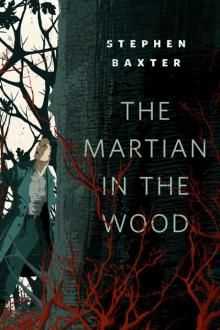 The Martian in the Wood
The Martian in the Wood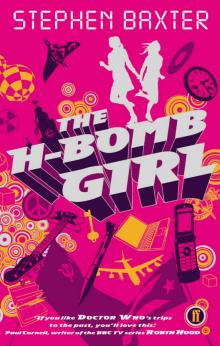 THE H-BOMB GIRL
THE H-BOMB GIRL World Engine
World Engine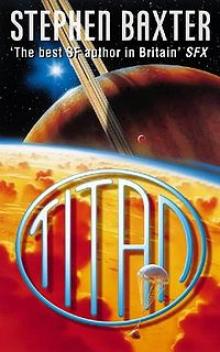 Titan n-2
Titan n-2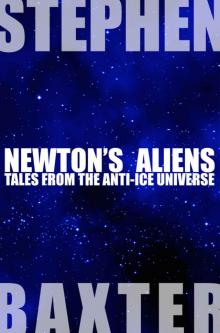 Newton's Aliens: Tales From the Anti-Ice Universe
Newton's Aliens: Tales From the Anti-Ice Universe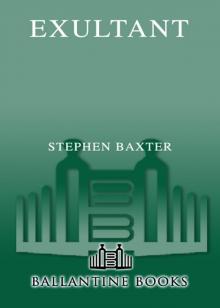 Exultant
Exultant Manifold: Origin
Manifold: Origin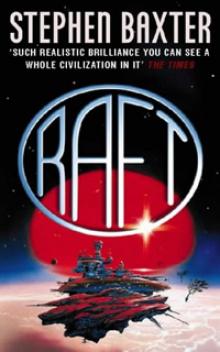 Raft xs-1
Raft xs-1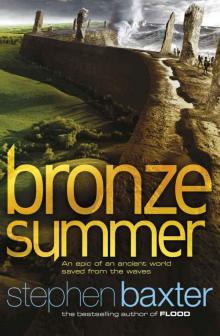 Bronze Summer n-2
Bronze Summer n-2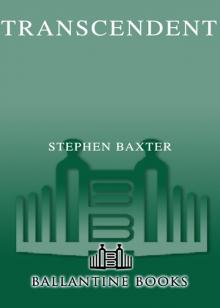 Transcendent
Transcendent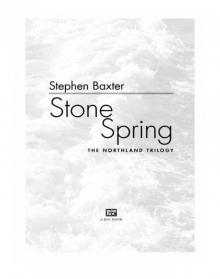 Stone Spring
Stone Spring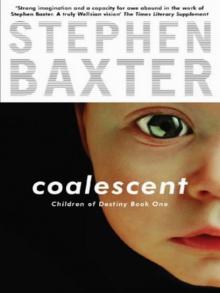 Coalescent
Coalescent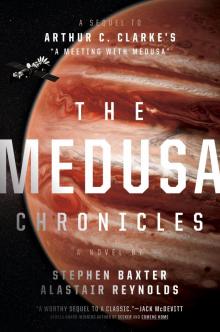 The Medusa Chronicles
The Medusa Chronicles Origin m-3
Origin m-3 Silverhair tm-1
Silverhair tm-1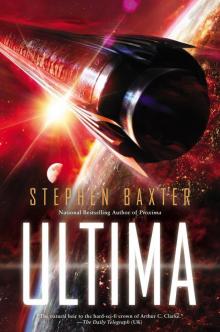 Ultima
Ultima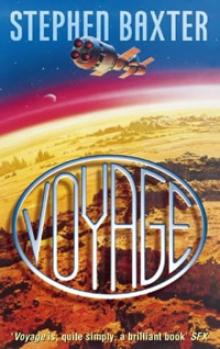 Voyage n-1
Voyage n-1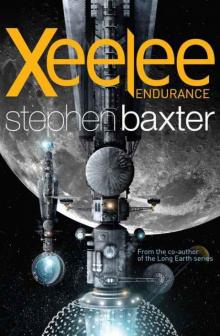 Xeelee: Endurance
Xeelee: Endurance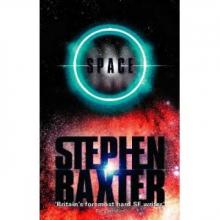 Space m-2
Space m-2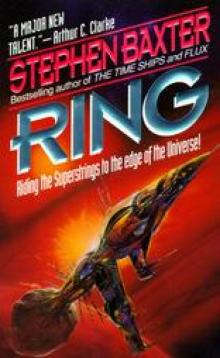 Ring xs-4
Ring xs-4 Raft
Raft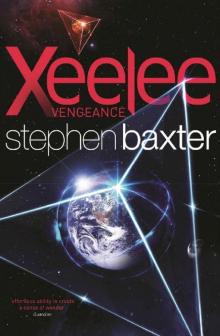 Xeelee: Vengeance
Xeelee: Vengeance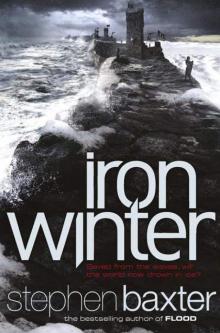 Iron Winter n-3
Iron Winter n-3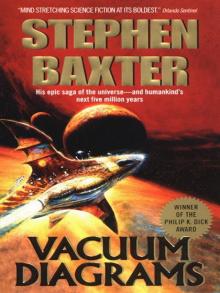 Vacuum Diagrams
Vacuum Diagrams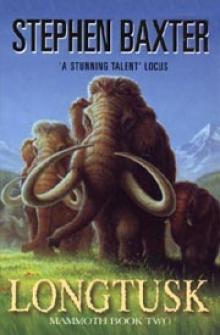 Longtusk tm-2
Longtusk tm-2 Proxima
Proxima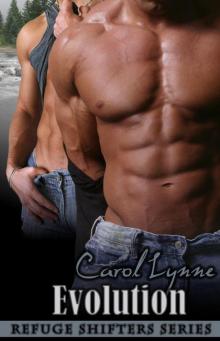 Evolution
Evolution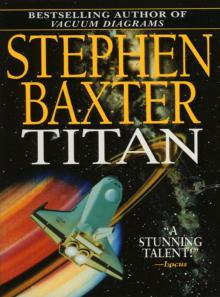 Titan
Titan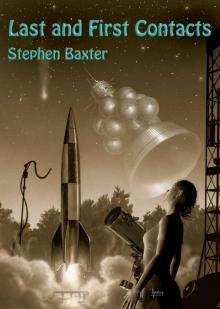 Last and First Contacts (Imaginings)
Last and First Contacts (Imaginings)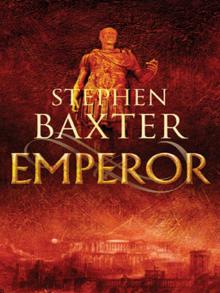 Emperor
Emperor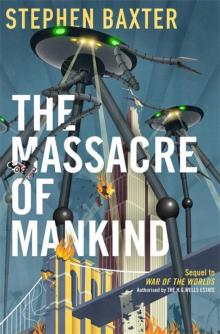 The Massacre of Mankind
The Massacre of Mankind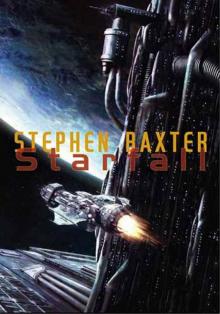 Starfall
Starfall Doctor Who - The Wheel of Ice
Doctor Who - The Wheel of Ice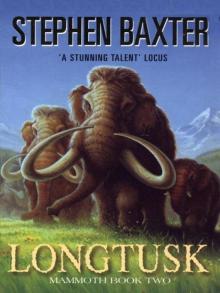 Longtusk
Longtusk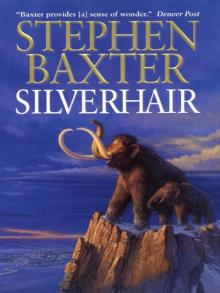 Silverhair
Silverhair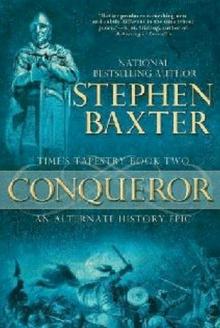 Conqueror tt-2
Conqueror tt-2 Flood
Flood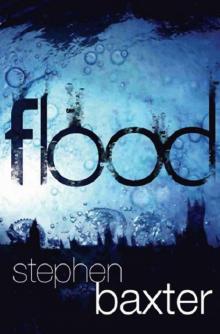 Flood f-1
Flood f-1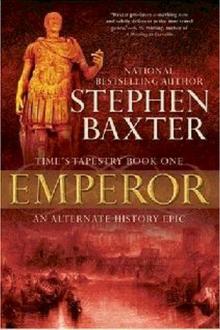 Emperor tt-1
Emperor tt-1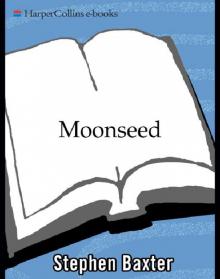 Moonseed
Moonseed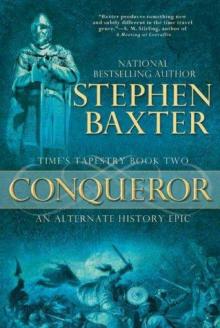 Conqueror
Conqueror Timelike Infinity xs-2
Timelike Infinity xs-2 The Ghost Pit
The Ghost Pit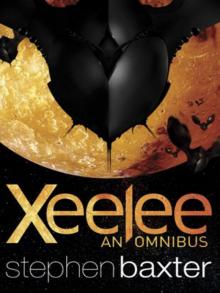 Xeelee: An Omnibus: Raft, Timelike Infinity, Flux, Ring
Xeelee: An Omnibus: Raft, Timelike Infinity, Flux, Ring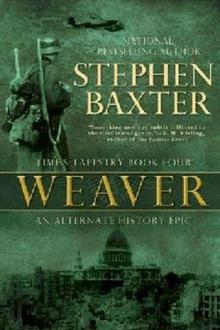 Weaver tt-4
Weaver tt-4 Landfall: Tales From the Flood/Ark Universe
Landfall: Tales From the Flood/Ark Universe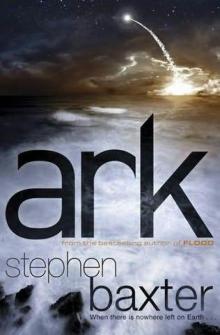 Ark
Ark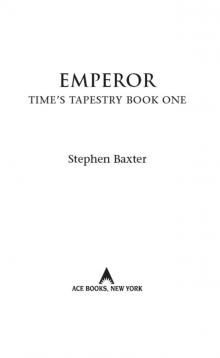 Emperor: Time’s Tapestry Book One
Emperor: Time’s Tapestry Book One Space
Space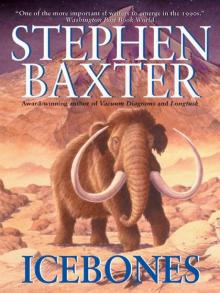 Icebones
Icebones Manifold: Space
Manifold: Space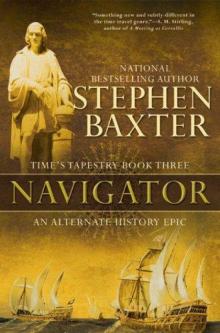 Navigator
Navigator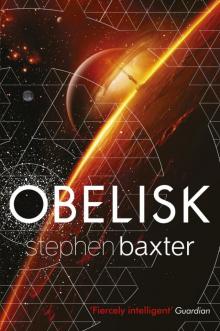 Obelisk
Obelisk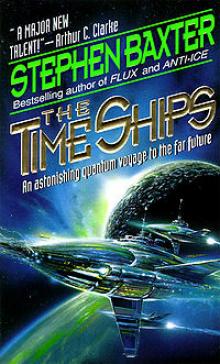 The Time Ships
The Time Ships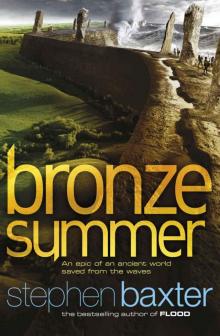 Bronze Summer
Bronze Summer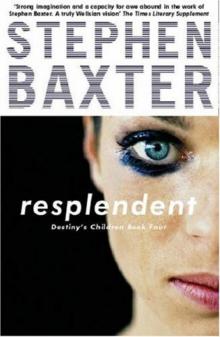 Resplendent
Resplendent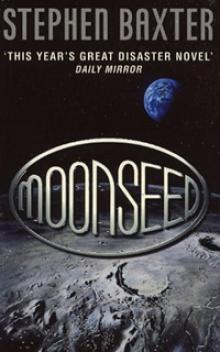 Moonseed n-3
Moonseed n-3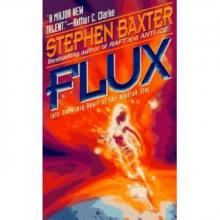 Flux xs-3
Flux xs-3 Transcendent dc-3
Transcendent dc-3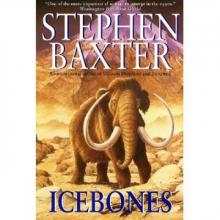 Icebones tm-3
Icebones tm-3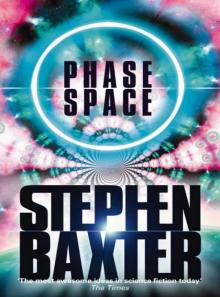 Phase Space
Phase Space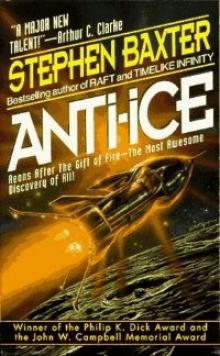 Anti-Ice
Anti-Ice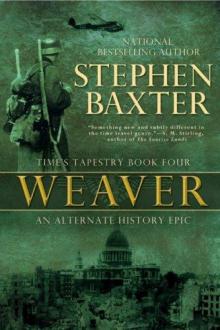 Weaver
Weaver Voyage
Voyage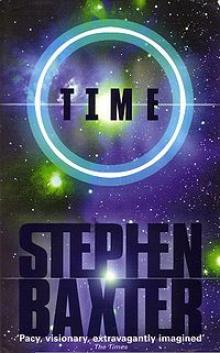 Time m-1
Time m-1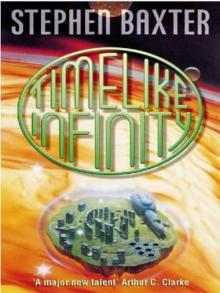 Timelike Infinity
Timelike Infinity Exultant dc-2
Exultant dc-2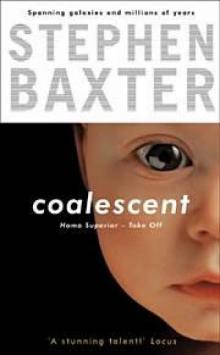 Coalescent dc-1
Coalescent dc-1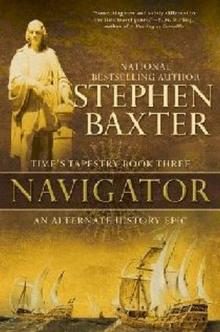 Navigator tt-3
Navigator tt-3